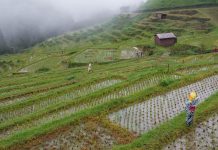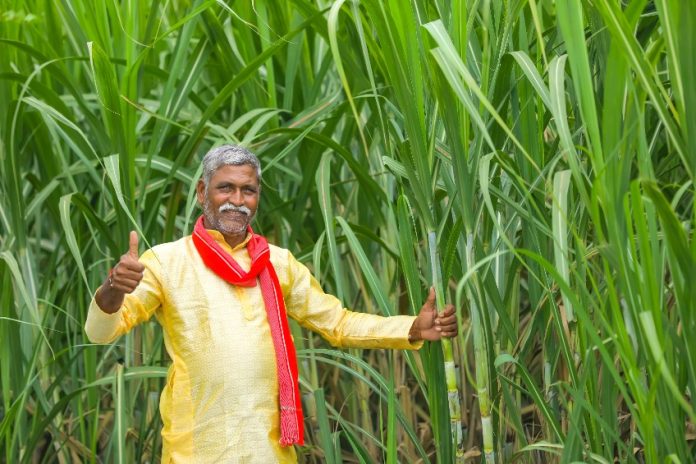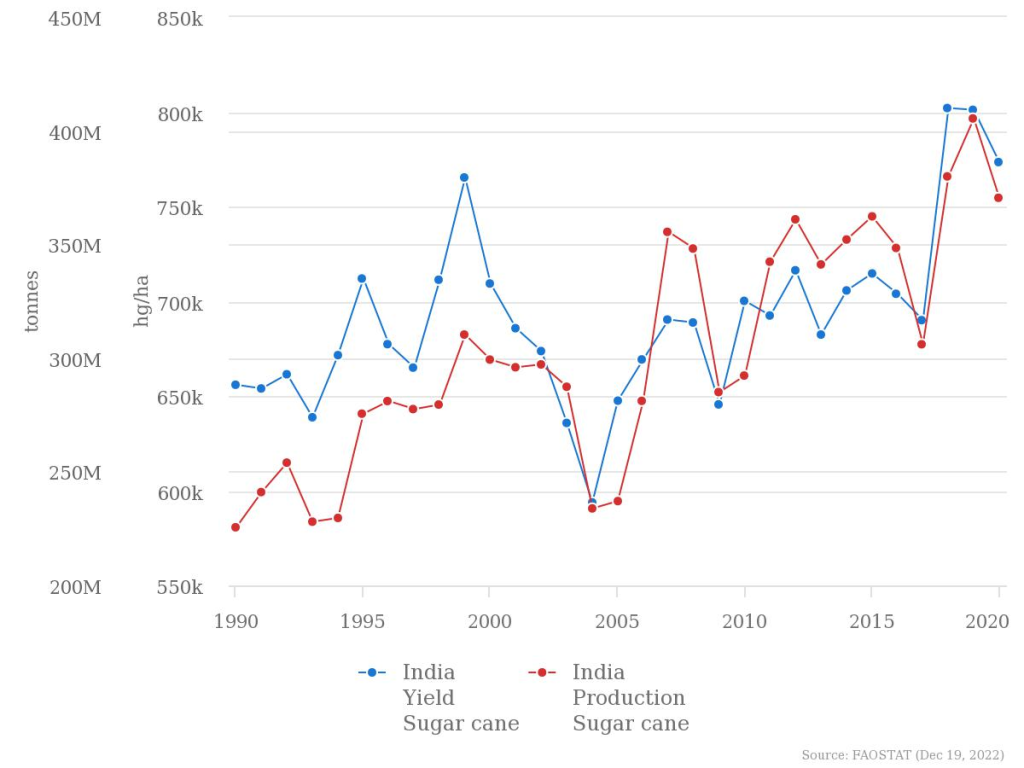A Google news search for the phrase climate change today revealed a story on Climate Home News claiming climate change is harming Indian sugarcane production. Nothing could be further from the truth. Amidst normal year-to-year boom and bust, which tracks India’s historically variable monsoon cycles, India’s sugar cane production and yields have increased dramatically as the Earth has warmed modestly and carbon dioxide concentrations have increased. As with other crops, the evidence clearly suggests, climate change is benefitting India’s sugar cane producers.
In the Climate Home News story, titled “India’s sugarcane farmers struggle to cope with droughts and floods,” the authors’ note that sugar cane accounts for 10 percent of India’s agricultural production, with India being both the world’s biggest producer and consumer of sugar cane. Having established the critical nature of sugar cane production to India’s agricultural sector, unfortunately the writers then leap into unsubstantiated climate alarmism, making claims about changing weather conditions causing a decline in sugar production.
“The rainfall during the monsoon season, between June and September, was erratic this year,” [Kalua Mehmood, a sugarcane farmer in western Uttar Pradesh] told Climate Home News. “Mehmood is one of millions of Indian sugarcane farmers who is suffering the onslaught of climate change.”
Indian agriculture is dependent on the monsoon season. There is no data showing that as the Earth has warmed monsoons have become either more intense or infrequent. If monsoons aren’t becoming erratic, novel fluctuations in rainfall and drought patterns can’t be harming Indian sugarcane farmers.
Indeed, data from the U.N. Food and Agriculture Organization (FAO) show that sugar production and yields in India have grown substantially since 1990, with the increase in yields being attributable in part to the fertilization effect of rising carbon dioxide concentrations. FAO data show that between 1990 and 2020:
- Indian sugarcane production increased by more than 64 percent, setting new records for production 10 times during the 30-year period;
- Indian sugarcane yields grew by nearly 18 percent, setting new records five times. (See the graphic below)
As with farming everywhere, production is closely tied to weather. It may be true that some Indian sugarcane producers suffered a down year in 2022 due to this year’s variable rainfall. However, there is no long-term trend in weather variability or any evidence suggesting monsoon dependent sugarcane production is being threatened by long term climate change. One or two down years do not a climate crisis make, Climate Home News.
Check the data before you go to press stoking indefensible climate alarm.

























Great article please keep publishing articles that refute climate alarmists attempts to stoke unproven climate disaster claims. Merry Christmas, Happy Holidays and Happy New Year.